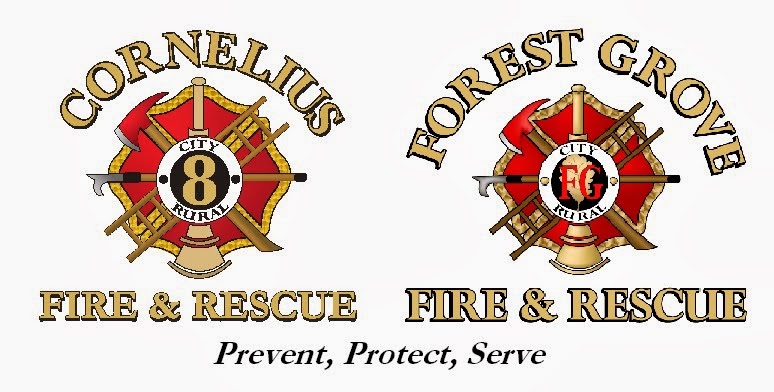Early Saturday morning (November 23) firefighters responded to home on fire in the 2300 block of 21st Avenue in Forest Grove. When we arrived, Forest Grove Police Officers and Washington County Sheriff's Deputies were already on scene and helping the occupants of the home escape the fire. Outside the home firefighters found a badly burned 60 year old woman, and do her two roommates, and inside they found the remains of a smoldering mattress. Paramedics from FGF&R and Metro West Ambulance provided advanced life support care on scene, and rushed the woman to the Oregon Burn Center at Legacy Emmanuel Hospital in Portland where she is being treated for severe burn injuries to her body.
Fire Investigators carefully examined the bed, interviewed roommates, and determined that the fire started when smoking debris fell onto the mattress as the woman fell asleep. A home oxygen system likely encouraged the fire to ignite the mattress, and led to the sever burns. Thankfully, the home had working smoke alarms that helped alert the residents that the fire was occurring. This combination of smoking and using home oxygen is a consistent problem for America's fire services, and compounding that by smoking in a bed while using oxygen made for the very dangerous incident we had here. Firefighters urge that if you choose to smoke that you only smoke outdoors and especially never in bed.































